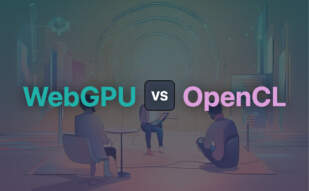OpenCL, a heterogeneous programming platform supporting multiple platforms, provides a versatile solution for diverse hardware types.
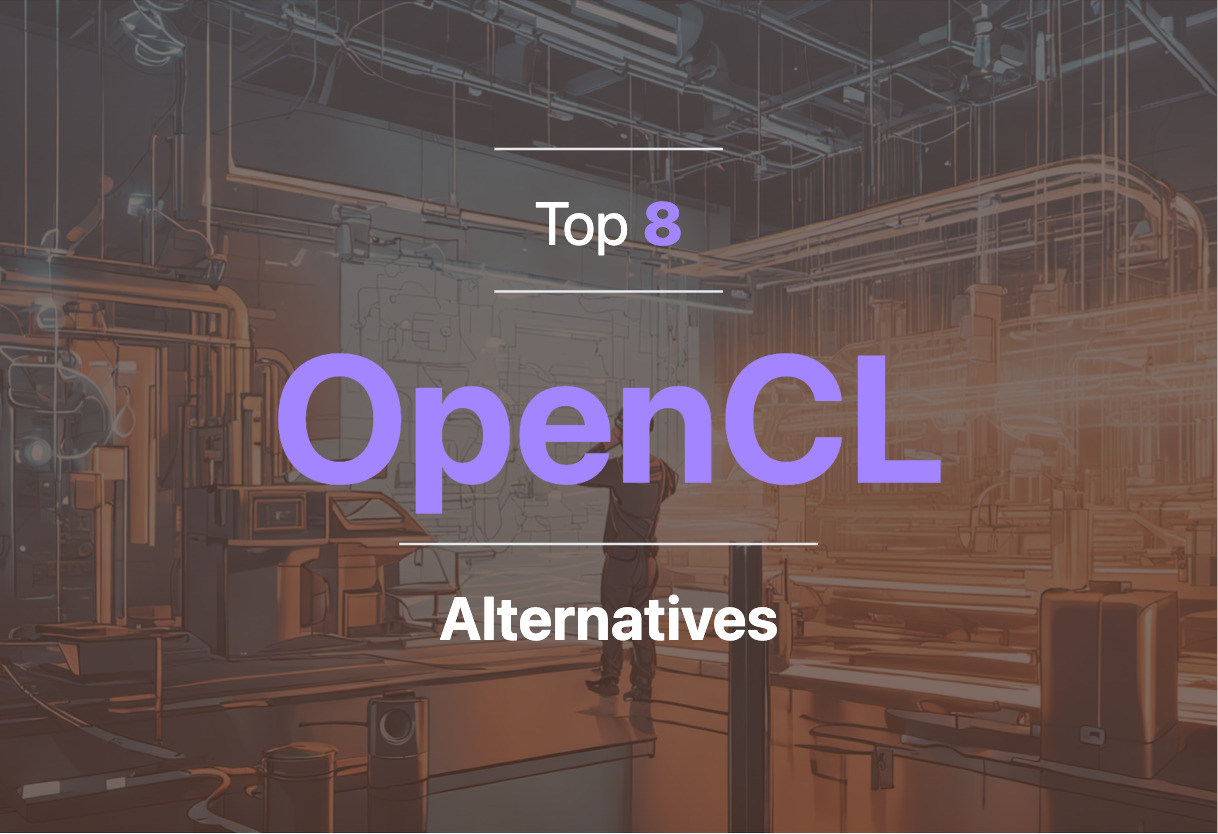
If you’re exploring alternatives to OpenCL, consider options such as WebGL, Vulkan, Metal, WebGPU, WASM, Native, OpenGL, and WebGL 2.
CUDA
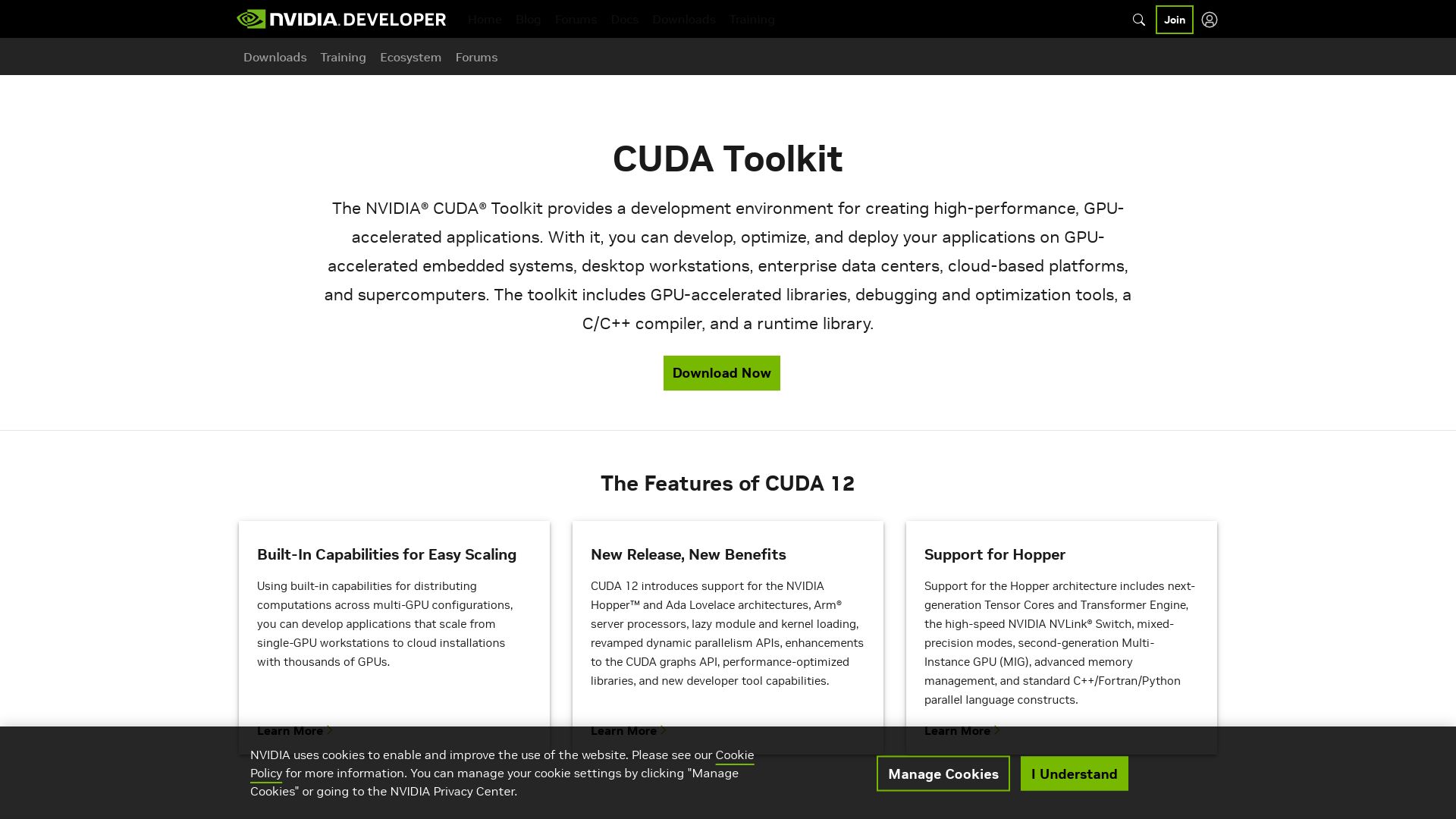
Introducing CUDA: Compute Unified Device Architecture, an extension of C/C++ programming developed by Nvidia, designed for GPU programming and parallel computing. Boosting fast computations using the potential of over 100 million deployed GPUs, CUDA stands as a powerhouse in the world of Web Graphics Technology.
CUDA Top Features
- Parallel Computing Platform and API model, enabling increased speed in computations
- Supports thousands of threads per application, promoting efficient multitasking
- Offers variation with its different architectures: 16 Streaming Multiprocessor (SM) diagrams, GT200 with 30 SMs, and G80 card with 16 SMs
- Integrated memory and virtual memory for seamless data transmission
- Scalable software support, increasing the number of GPU processor cores as needed
| Feature | Advantage |
|---|---|
| 86.4 GB/s memory bandwidth on G80 chips | High-speed data transfer |
| 8 GB/s communication channel with CPU | Efficient CPU-GPU interaction |
| 30-100x speed-up compared to microprocessors | Significant performance boost |
CUDA Limitations
- Unilateral interoperability: Dedicated to NVIDIA hardware only
- Cannot provide support for older versions
- Dependency on the source code
CUDA Use Cases
Use case 1: Computational Finance
CUDA accelerates computation-heavy tasks in financial modeling, greatly increasing efficiency in the sector.
Use case 2: Climate/Weather/Ocean Modeling
With its high-speed computations, CUDA aids in complex climate and oceanographic models, aiding researchers in their work.
Use case 3: Manufacturing
It contributes to the increased speed of simulations in the manufacturing process, aiding in the production of high-quality products.
OpenGL

Stepping into the world of 3D graphics and AR/VR, one cannot overlook OpenGL. Behind its creation in 1992 stand Silicon Graphics, and today it’s maintained by over 150 prominent hardware and software companies incorporated in the Khronos Group.
OpenGL Top Features
- Renowned for hardware-accelerated 3D graphics and AR/VR capabilities
- Boasts a low-level rendering and modelling software library, making it powerful and flexible
- Implicit in scientific applications, CAD models, video gaming, and across different platforms
- Backbone of commercial games, including ID Software’s Quake series
- Sustained by updates, OpenGL 4.6 being the latest, offering functionalities like SPIR-V language for defining shaders
| Version | Major Feature Added |
|---|---|
| 3.3 | Modern OpenGL introduction |
| 4.0 | Shading language 4.00, indirect drawing |
| 4.1 | Compatibility with OpenGL ES 2.0 |
| 4.2 | Shading language 4.20, new buffer, and shader accesses |
OpenGL Limitations
- Requires prerequisite knowledge of C++ programming language and robust understanding of math (linear algebra, geometry, trigonometry)
- Access to advanced hardware-specific features dependent on OpenGL versions via extensions
OpenGL Pricing
Being an open-source library, OpenGL is free for use.
OpenGL Use Cases
Use case 1: Gaming
With OpenGL, game developers can render 3D graphics with exquisite control over the rendering pipeline. Additionally, it serves as a medium for modern game engines.
Use case 2: Augmented and Virtual Reality
Creating immersive VR and AR experiences demands powerful rendering capabilities. OpenGL provides that power, setting a foundation for these experiences.
Use case 3: Scientific Applications
OpenGL contributes to producing complex graphical representations of scientific data, serving as a fundamental tool for professionals in the field.
WebGL 2
WebGL 2 is a powerful rasterization engine utilized mainly for drawing 3D visuals, and not inherently a 3D library. Being an upgrade from OpenGL ES 2.0, it is specifically designed for high-performance 3D applications.
WebGL 2 Top Features
- GPU-Bound: WebGL 2 works directly with the GPU, resulting in efficient and parallel processing of geometric primitives, hence maximizing performance.
- Enhanced Depth Sorting: Specializing in rasterization, WebGL 2 provides a depth buffer for in-depth sorting.
- Customize Rendering Styles: Through user-supplied vertex and fragment shaders, developers can customize the look of their 3D applications.
- Capable of handling Complex Geometries: Thanks to built-in support for JSON, complex geometries can be defined, stored, and retrieved with ease.
- Renders via “Divide and Conquer”: This approach translates to efficient rendering, particularly for complex scenes.
| Feature | Benefits |
| Advanced Lighting and Texturing | More realistic 3D scenes |
| Phong Material Application | Visually stunning 3D applications |
| Underlying Architecture | Supports light reflection, texturing |
WebGL 2 Limitations
- No built-in 3D Math Support: All knowledge for 3D math must be provided by the developer – this includes an understanding of matrix math, normalized coordinates, and frustums.
- No Processing Words: Though the basis of word processors, WebGL 2 does not actually “process words”.
WebGL 2 Use Cases
Use case 1: Interactive 3D Applications
With the robust architecture offered by WebGL 2, developers have the capacity to build highly interactive 3D applications for the web.
Use case 2: High-Performance 3D Applications
WebGL 2’s capable rasterization engine is crucial for visually stunning, high-performance 3D applications that create compelling scenes.
Use case 3: Complex Geometry Development
Designed with an in-built JSON support, WebGL 2 can assist developers in defining, storing, and loading complex geometries, preparing 3D organizations for the future.
Vulkan
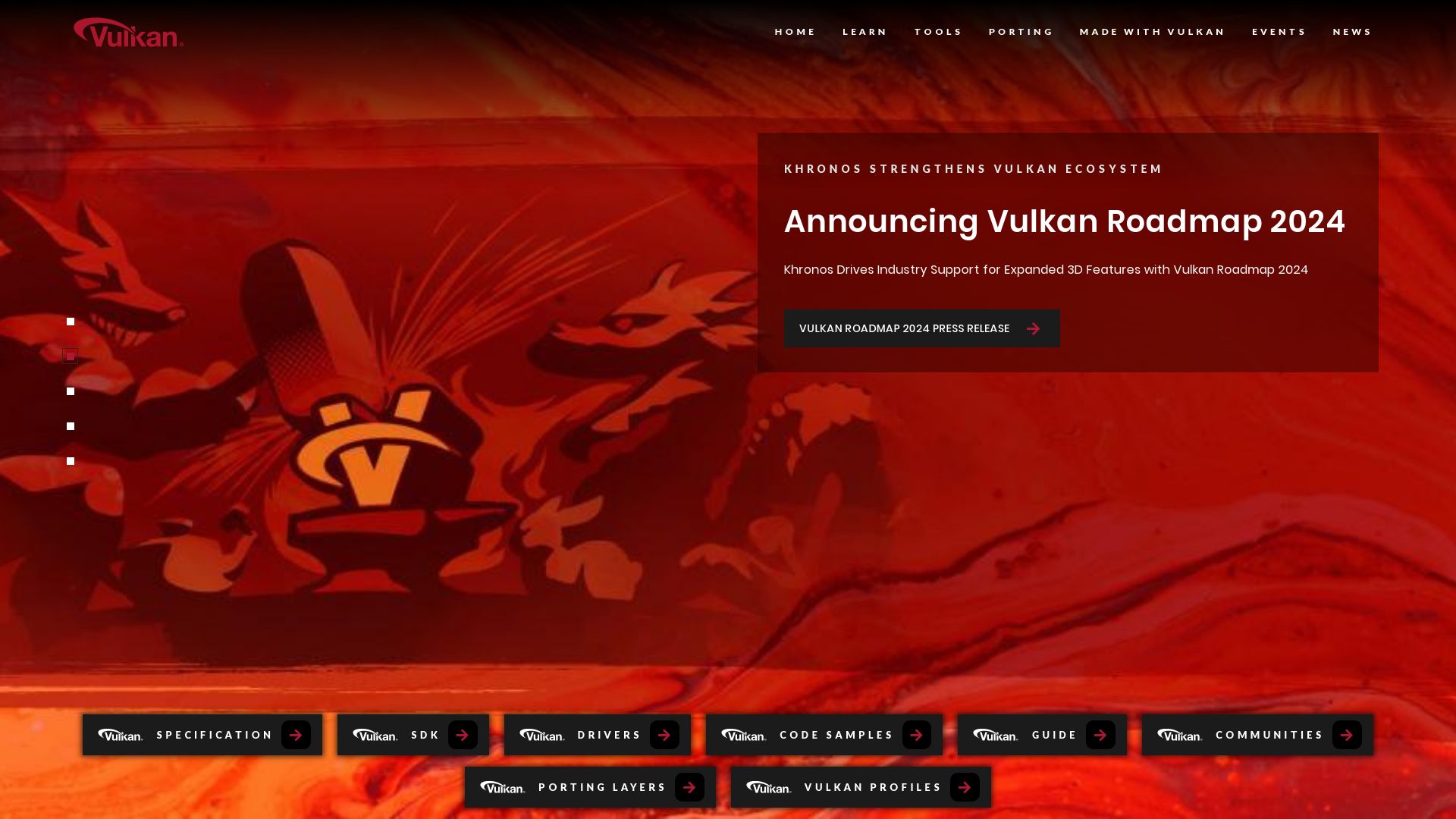
Heralding from the realm of cross-platform, rockstar graphics APIs, let’s raise a toast for Vulkan! Continually jazzing up the tech sphere with its capabilities, Vulkan ensures developers can set their targets on an array of diverse devices.
Vulkan Top Features
- Streamlining: With Vulkan 1.3, say goodbye to feature fragmentation. It’s never been easier to incorporate widely supported features into the core standard.
- Integration: From effortless integration of ray tracing to hardware-accelerated video compression and decompression, Vulkan’s, ‘Why not both?’ approach will have you cheering.
- Your Trusty Assistant for graphics programming: Offering fine-grained controls over scheduling, synchronization and memory allocation, Vulkan’s like that nerdy sidekick who’s always got your back, ready to optimize your code!
More Vulkan Features
| Memory Model | First graphics API with a formal memory model for optimizing shader synchronization, memory operations and access in a parallel execution environment. |
| Vulkan SC 1.0 | Specially created for safety-critical systems with an alignment of graphics and compute requirements. |
| 3D Graphics Performance | Combination of Radeon Rays and Vulkan boosts 3D graphics performance and support for complex 3D models. |
Vulkan Downsides
- No guarantees on deployment timelines or specific device support = some ambiguity for devs.
Vulkan Use Cases
Use case 1: Mobile Development
Looking to level up your mobile game development? Look no further. Utilizing Vulkan’s extensions for mobile, developers can significantly enhance the state of graphics APIs on mobile platforms.
Use case 2: Real-time Rendering
For real-time rendering, Vulkan’s got you covered. Thanks to its hybrid viewport technology, you’ll be mimicking photorealistic looks and feels in no time.
Use case 3: Complex 3D Modelling
And when it comes to working with complex 3D models, Vulkan’s marriage of Radeon Rays and Vulkan means your 3D graphics performance will get a major, game-changing boost.
Metal
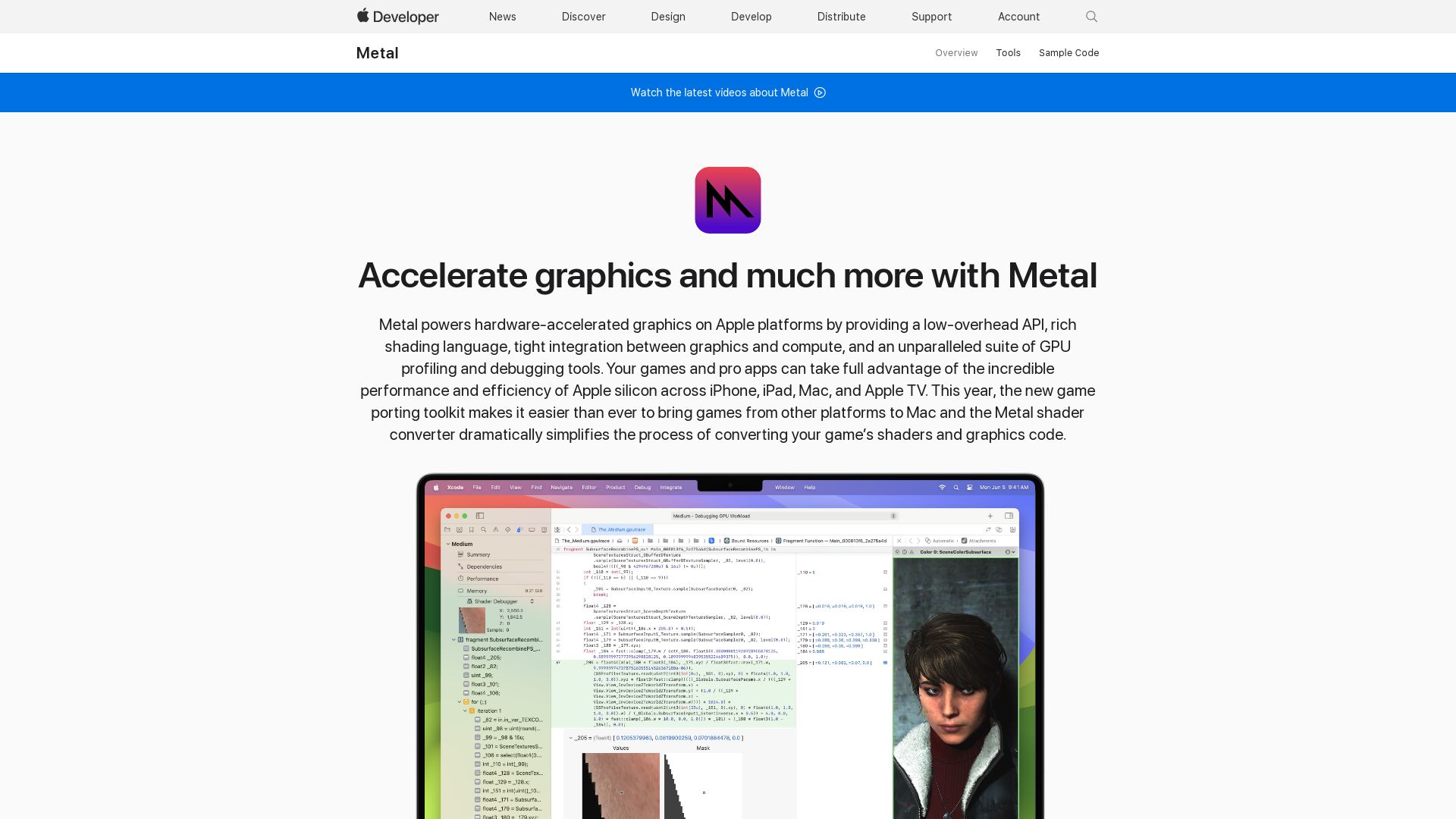
Developed by Apple, Metal is an API that provides near-direct access to the GPU for hardware-accelerated graphics on Apple platforms. With its focus on optimizing graphical performance, it plays a key role in enhancing the graphical quality and reducing the CPU workload in games and professional applications.
Top Features of Metal
- Near-direct access to the GPU
- Rich shading language enhancing graphics like trees, fur, and hair
- Up to 100 times more draw calls than OpenGL for superior graphics performance
- Low overhead API that efficiently reduces CPU workload
- High-performance training and inference on GPU
| Compatibility | Efficiency |
|---|---|
| Compatible with Apple devices featuring A7 chips or newer | Offers up-front state validation and precompiled shaders |
Metal Disadvantages
- Compatible only with Apple devices
- Not compatible with all graphics APIs
Metal Use Cases
Gaming on iOS
Due to its ability to handle complex materials and enhance graphics, Metal is instrumental in improving the gameplay experience on iOS.
Professional Applications
Metal offers developers full control over hardware, thereby ensuring high performance and increasing overall efficiency in professional applications.
Machine Learning
With direct access to the GPU, Metal supports high-performance training and inference, thus establishing itself as an effective solution in machine learning applications.
WebGPU
No more settling for WebGL limitations; witness the power of WebGPU, a revolutionary API for graphics and machine workloads designed to bring the advancements of modern APIs to the web space.
WebGPU Top Features
- Reflects functionalities of modern GPU hardware, optimizing programming possibilities on browsers.
- Successfully handles resource synchronization challenges automatically.
- Uses familiar JavaScript patterns and existing web platform features, requiring minimal boilerplate code.
- Developed by leading brands like Apple, Google, Mozilla, Microsoft, and Intel, ensuring robust and reliable performance.
- Enables unparalleled visual effects and advanced algorithms to be ported on the GPU.
| Exciting Progress | Benefits |
|---|---|
| Plan to support WebGPU ports in popular JavaScript WebGL libraries | The familiarity enhances developer engagement |
| First release in Chrome 113 (Windows, MacOS, Chrome OS) | Widens user scope, enhances accessibility |
| Potential as go-to choice for developers | it’s all about scalability and performance |
WebGPU Downsides
- Still in the early stages of development, with many features under design at the W3C.
- Currently disabled by default as an extension and successor to WebGL.
WebGPU Use Cases
Use case 1 – Gaming
WebGPU brings a radical change to mobile gaming with its potential for high safety, performance, and portability.
Use case 2 – App Development
Developers, you’re in for a treat! Stir up your app’s visuals and simulations with WebGPU. Expect more balanced CPU/GPU usage!
Use case 3 – Machine Learning
Boost your machine learning computations! WebGPU aids in optimal computational resource management, ushering in a new era of technology applications.
WASM
Behold WebAssembly (WASM), a beaming beacon of modern web graphics technology. Supported by all major browsers, enhancing website performance and capabilities. Spawned in 2017 and graced by a W3C standard in 2019, WASM proffers a new realm of dynamic, low-level binary code that runs smoothly in modern web browsers.
WASM Top Features
- Performance Gains: Significant improvements to website speed, courtesy of its binary format and API, designed from a foundation of significant usage and practical experience.
- Portability: WASM files can begin executing the moment they start downloading. Thus perfect for streaming.
- Comprehensive Applications: From video editing to AR/VR, from P2P services to scientific simulations, WASM is omnipresent.
- Multilingual Support: Run code written in various languages, including C, C++, Rust, Python, and Go, at near-native speed.
- Complement to JavaScript: With WASM, JavaScript is enhanced, more secure and efficient for high-performance functions.
| Unique Feature | Description |
|---|---|
| Rewrite Facilitation | Easy conversion to binary format, courtesy of a 1:1 correspondence with WebAssembly language. |
| Dev Productivity | Minimizing the need to cater to specific app runtimes, fostering an environment for efficient coding processes. |
| Limited Attack Surface | Better memory management reducing vulnerability attack surfaces, offering degrees of security beyond standard technologies. |
WASM Disadvantages
- Learning Curve: The low-level complexity and intricacy of WASM could present a steep learning curve for some developers.
- Debugging Difficulty: Despite its human-readable text format, WASM’s binary nature can sometimes prove difficult for debugging.
WASM Pricing
Leverage the power of WASM. Free. Open source. A gift to the digital ocean from the benevolent shores of open technology.
WASM Use Cases
Multi-Language Software Development
For developers working with a cornucopia of programming languages, WASM makes it possible to run C, C++, Rust, Go, and Python on the web at near-native speeds. An elixir of efficiency.
3D Games and VR/AR
For those coding the future in 3D games and virtual/augmented reality experiences, WASM can navigate performance issues in JavaScript, ensuring fluid, immersive universes in the web cosmos.
Edge-Based Environments and Mobile
WASM flourishes on edge devices and mobile, serving code across containers, Kubernetes clusters, IoT devices, or multicloud environments, even where CPU instruction sets can function. A resonant pulse in the device-dense world around us.
Native
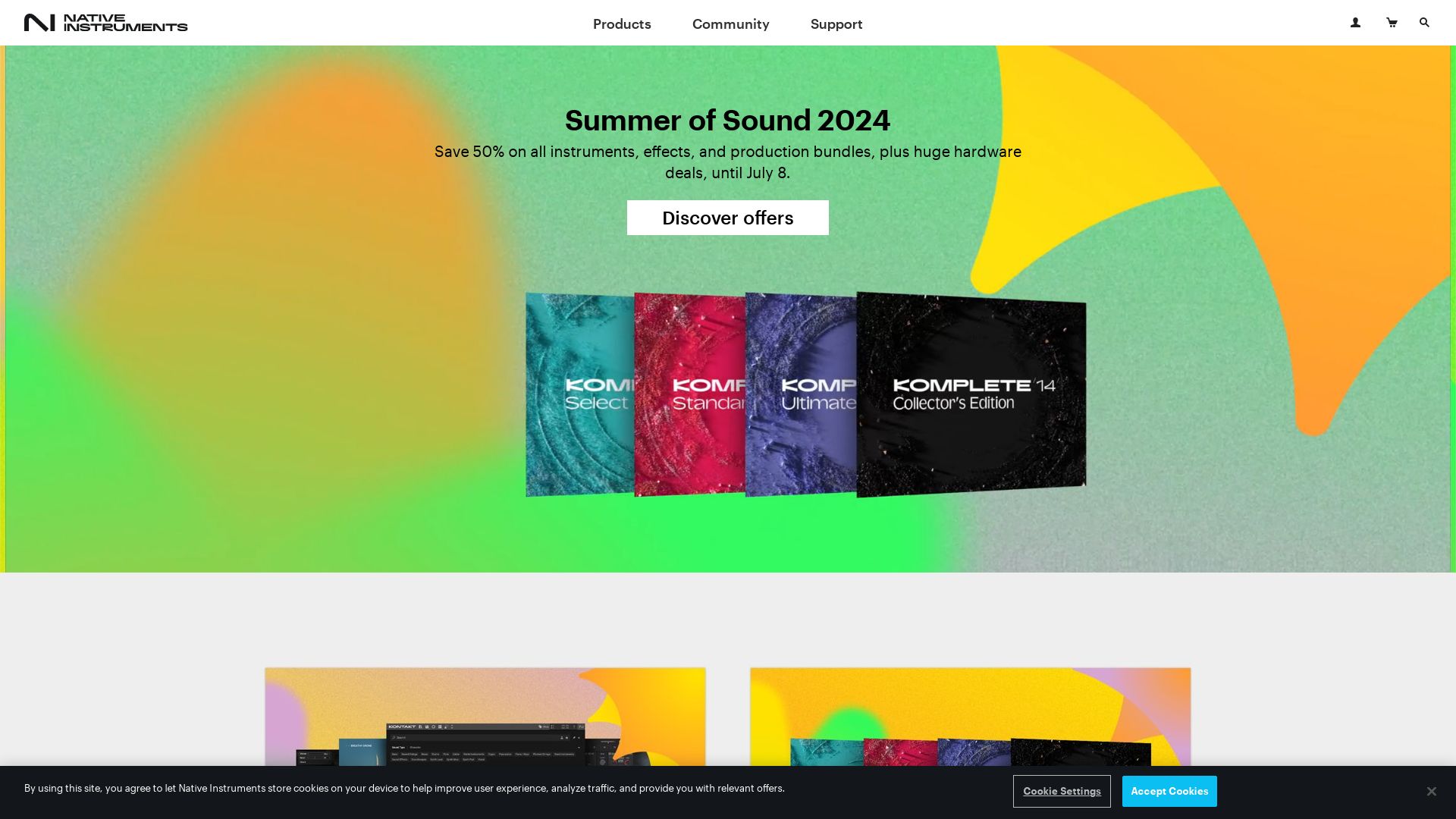
When it comes to the serious demands of low-latency, CPU, and memory, Native steps into the scene. As the embodiment of reliability and speed, it’s a top contender in the web graphics technology sector.
Native Top Features
- Reflective of the processor or ISA it’s intended for, written in pure machine binary code. Traditionally utilizing languages like C, C++, or Pascal.
- Widely accepted with minimal disparities across platforms such as Linux and MS-DOS.
- Distinguished for small-scale application development and low-level operations.
- Provides an archival software/data format, specifically purposed for a particular operating system or processor.
- Boasts significant security, reliability, and speed. Ideal for demanding environments.
- Rolled out utilizing native programming languages that underpin the security and reliability of applications.
| Mobile OS | Language |
|---|---|
| Android | Kotlin |
| iOS | Swift |
Native Limitations
- The flexibility of the development is constrained by the specific processor or ISA.
- Might not be ideal for large-scale applications due to inherent complexity.
- Cross-platform software might be tricky as it involves emulating the native code.
Native Use Cases
Use case 1: Mobile Application Development
With the dominance of native apps in the mobile sector, Native is an obvious choice for mobile app developers, reaching as far as 3.57 million Android apps and 2.22 million iOS apps in Q1 2021.
Use case 2: Low-latency Application Development
Due to its proximity to the processor, a Native approach is often favored for creating applications that require low-latency.
Use case 3: Specific Processor Development
Where specifications and requirements align perfectly with a particular processor or ISA, Native provides an exceptional platform to develop applications with security, reliability, and speed.
Hannah Stewart
Content writer @ Aircada, tech enthusiast, metaverse explorer, and coffee addict. Weaving stories in digital realms.



